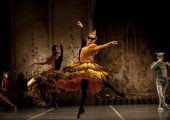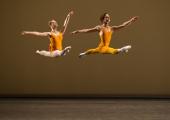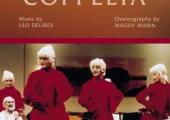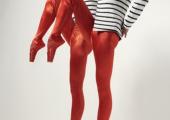Q&A Special: Choreographer Slava Samodurov

The strangely easy change of life from a top dancer to a gifted new choreographer
Choreography is a mystery art. How it happens - or indeed what happens - is as elusive to define as pinning down a brainstorm. There is no solid stuff, no rules, no pre-formed maxims, everything moves; the choreographer goes into a studio, finds some dancers, finds some music, finds some moves, finds some light and atmosphere - and this agglomeration of variables goes out on stage all too often to fall flat, a soufflé that didn't rise. It was insufficiently skilled, or its ingredients were stale, or it lacked the leavening of a compelling imagination or the flavour of real emotional imperative. But what is going on?








